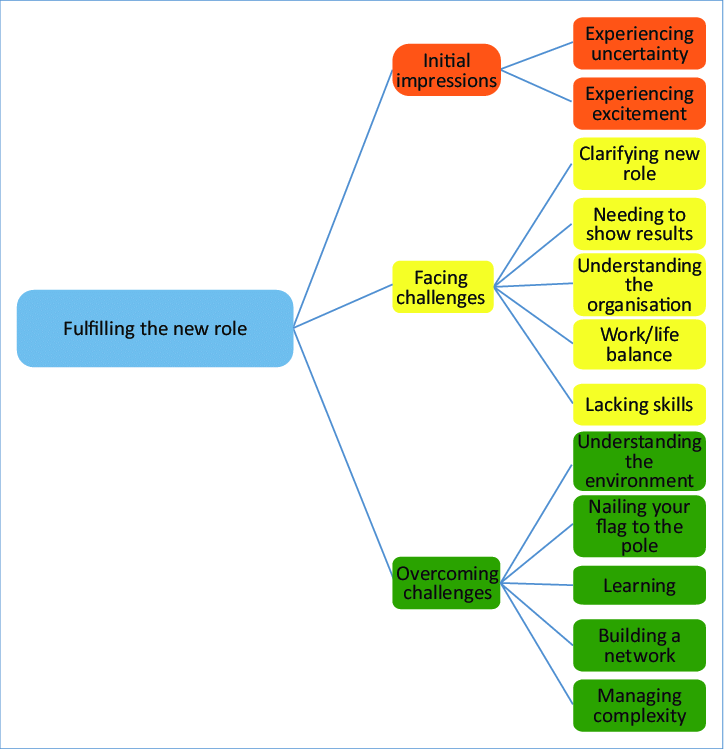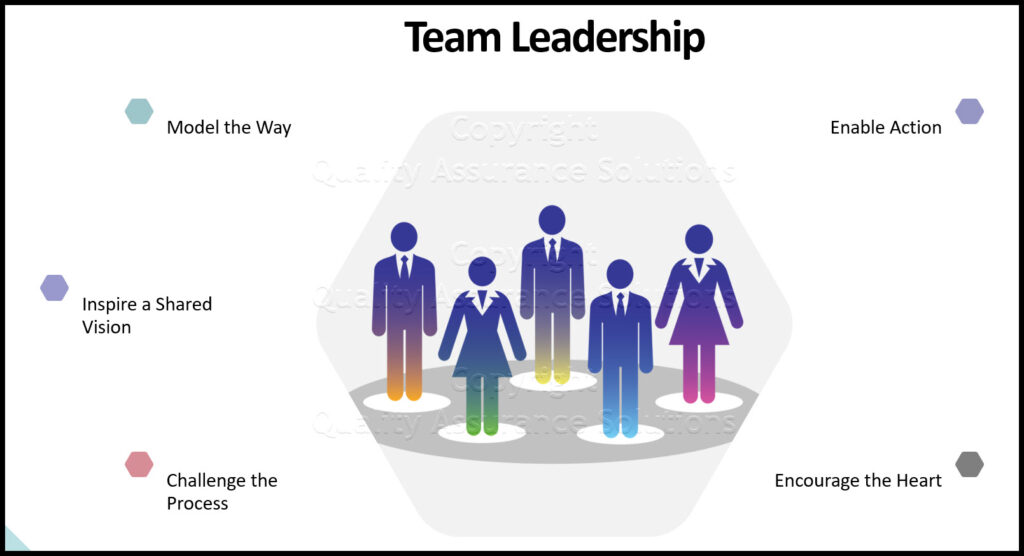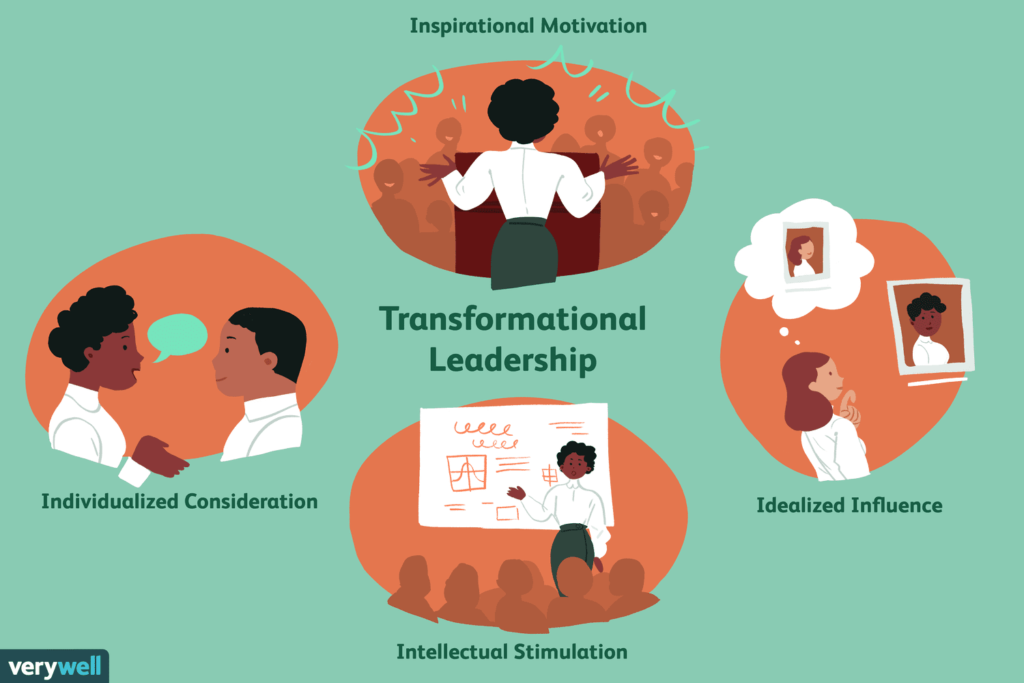In today’s dynamic landscape, fostering a cohesive team while embracing individuality is a pivotal challenge for leaders. Balancing togetherness and personal identity is vital for a thriving and innovative workforce.
Table of contents
Understanding Togetherness and Individuality
Togetherness embodies unity and collective strength, while individuality celebrates uniqueness and personal traits. Achieving a balance between these facets is the cornerstone of effective leadership.
Balancing Collective Identity and Personal Uniqueness
Leaders must navigate the delicate equilibrium between nurturing a collective identity and honoring the distinctiveness of each team member.
The Role of Leadership

Great leaders cultivate an inclusive environment where everyone feels valued, fostering a sense of belonging without overshadowing individual contributions. Empowering individuals to express diverse viewpoints encourages innovation and enriches collective decision-making.
- Creating a Safe Space: Leaders establish an atmosphere where everyone feels safe to voice their opinions, share ideas, and express concerns without fear of judgment or reprisal. This safety promotes open communication and trust.
- Valuing Diversity: Acknowledging and respecting diverse perspectives, backgrounds, and experiences within the team or organization is crucial. Leaders actively seek out and celebrate this diversity, understanding its significance in driving innovation.
- Encouraging Collaboration: Leaders facilitate collaboration by breaking down silos and promoting cross-functional teamwork. They encourage individuals from different departments or areas of expertise to collaborate, fostering a more comprehensive and innovative approach to problem-solving.
- Setting an Inclusive Vision: Leaders communicate and reinforce a vision that emphasizes inclusivity and equality. By consistently highlighting the importance of diversity and inclusion in the organization’s goals, they set the tone for the entire team.
- Providing Support and Resources: Leaders ensure that everyone has access to the necessary resources and support to contribute effectively. This might involve providing training, mentorship, or access to networks that enable individuals to thrive.
Communication Strategies

By actively listening and empathizing with team members, leaders create an atmosphere of trust and understanding. Transparent communication ensures clarity, aligns goals, and minimizes misunderstandings that might arise from differences. Moreover, it prevails a culture of trust inside the orgnization, motivating employees to work with full potential.
| Communication Strategy | Description |
| Active Listening | Engaging in focused, attentive listening, demonstrating understanding, and encouraging open dialogue. |
| Empathy | Understanding and acknowledging the emotions and perspectives of team members, fostering a supportive and inclusive environment. |
| Clarity in Messaging | Ensuring that communication is straightforward, avoiding jargon, and articulating ideas in a concise and understandable manner. |
| Regular Feedback | Establishing a culture of continuous feedback, providing constructive input, and acknowledging achievements to facilitate growth. |
| Openness & Transparency | Promoting honesty, sharing information openly, and maintaining transparency in decision-making processes and organizational changes. |
| Adaptability to Communication | Recognizing and utilizing various communication styles, adjusting approaches to suit different team members for effective interaction. |
| Encouraging Collaborative Dialogue | Creating an environment where team members are encouraged to share ideas, collaborate, and engage in constructive discussions to drive innovation. |
Engaging in team-building exercises fosters camaraderie and collaboration, strengthening the collective while appreciating individual strengths.
Recognition of Individual Strengths

Acknowledging and leveraging individual strengths within a team encourages a culture of appreciation and mutual support. Embracing diversity in all its forms enriches team dynamics, bringing varied perspectives and innovative ideas to the forefront.
When a leader appreciates his team for a great pperformance, the team in return performs better as a regard
Cultivating an Environment of Respect
Creating an atmosphere where differences are respected fosters an environment where individuality flourishes within a cohesive framework.
Conclusions:
In navigating the complex terrain between togetherness and individuality, effective leadership hinges on fostering an environment where unity coexists with diversity. Encouraging open communication, valuing diverse perspectives, and leveraging individual strengths form the cornerstone of this approach.
Readmore:
Leadership Practices You Need to Build a Culture of Innovation
Leadership Style That Guarantees Success
Most Important Factors for Startup Success
Sustainable Entrepreneurship: Balancing Profit and Purpose
FAQs:
Address conflicts openly, emphasizing understanding and compromise. Encourage dialogue, seeking common ground while respecting differing opinions.
While celebrating individuality is important, an excessive focus on it without acknowledging the collective goals can lead to fragmentation.
Genuine appreciation for diverse perspectives involves valuing contributions without token gestures.
Conduct regular assessments to identify and leverage individual strengths. Foster a culture where strengths are acknowledged.

